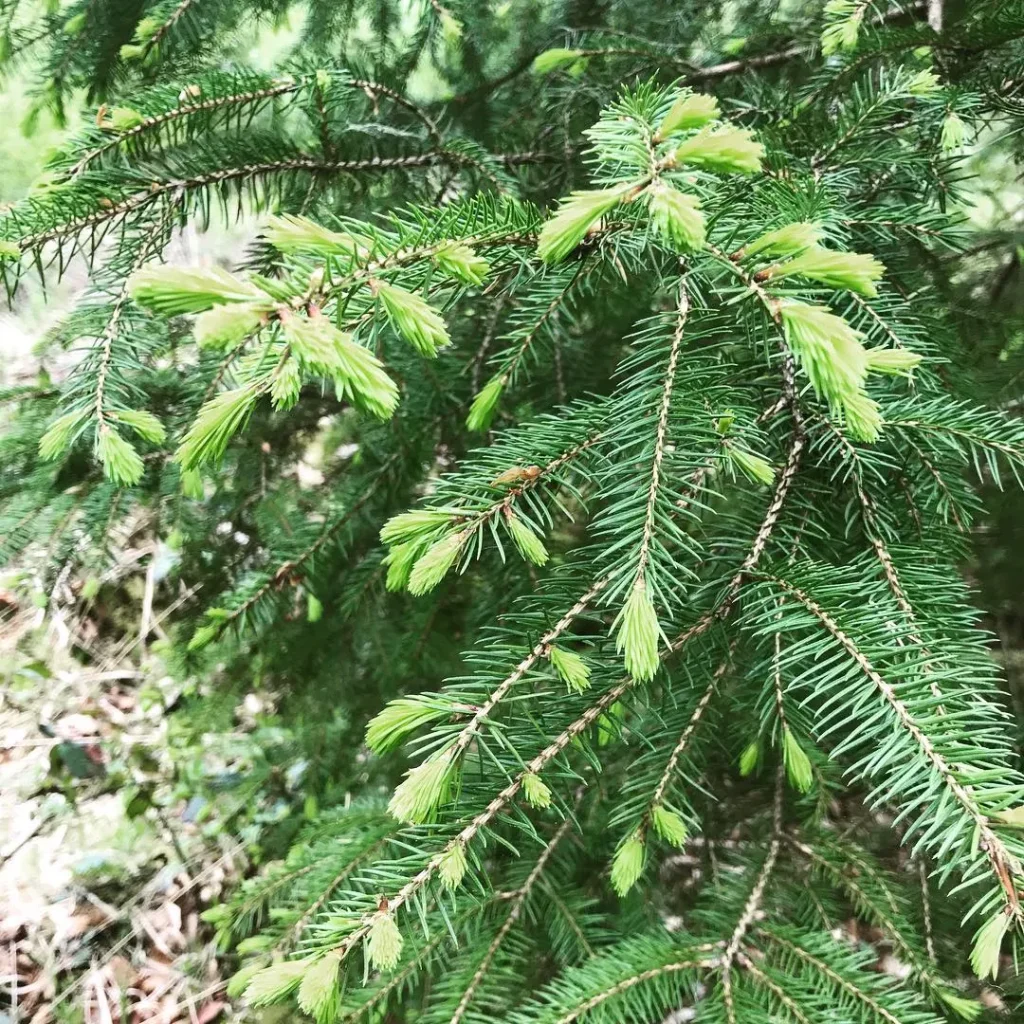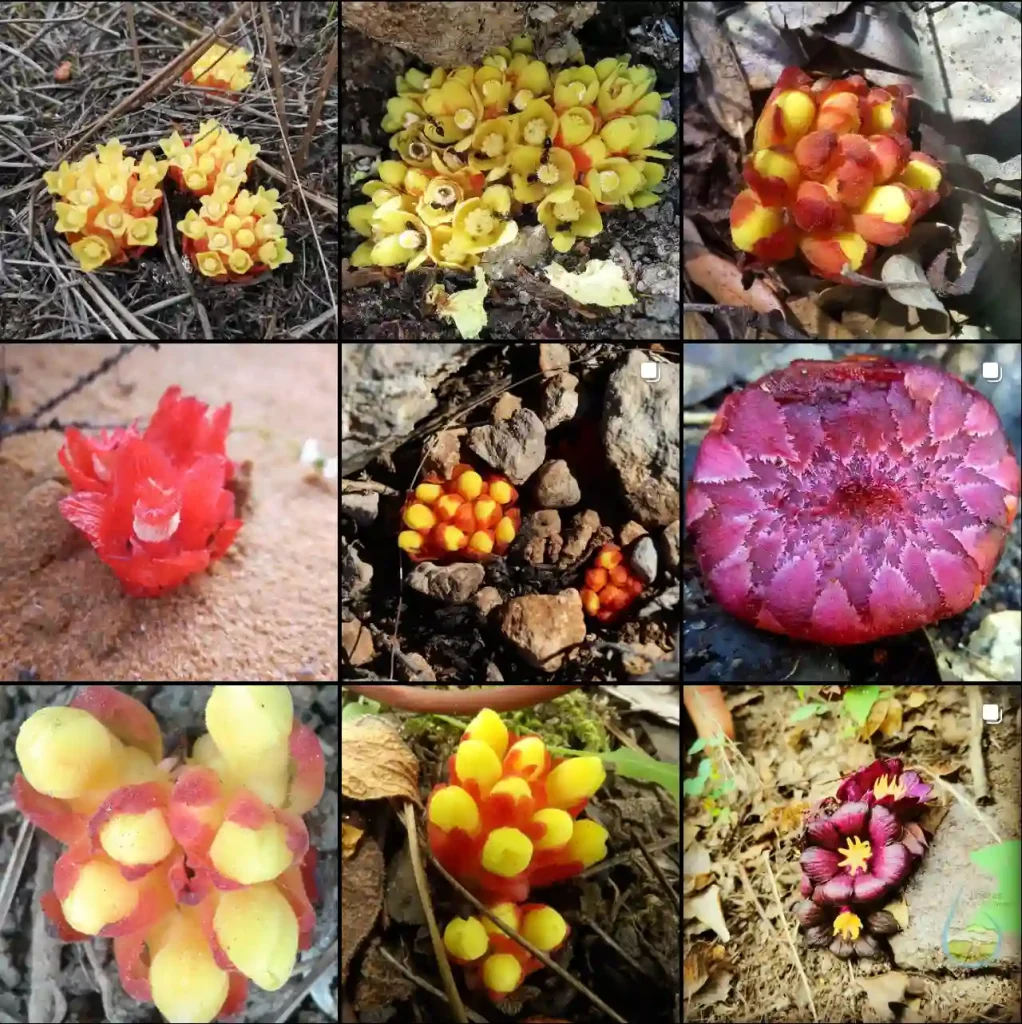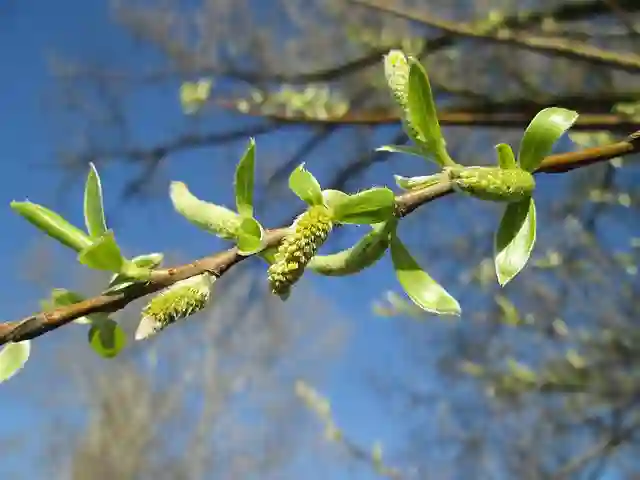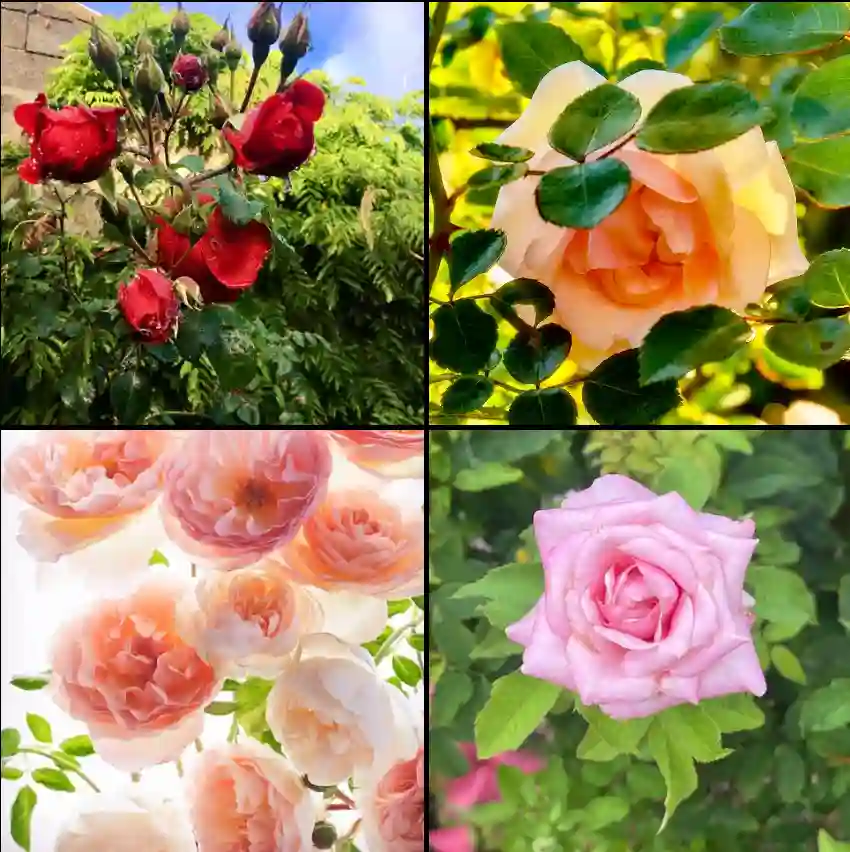FAQs about Celtis Tenuifolia
Celtis Tenuifolia, commonly known as the Slim Leaf Hackberry, is a fascinating plant that has captured my attention over the years. This deciduous tree is native to North America and is appreciated for its unique features and versatility in various landscapes. In this article, I’ll address some frequently asked questions about Celtis Tenuifolia, drawing from my own experiences and observations.
68 Species in Genus Celtis
What is Celtis Tenuifolia?
Celtis Tenuifolia is a small to medium-sized tree that typically reaches heights of 30 to 50 feet. It has a distinctive appearance with slender leaves that are usually 2 to 5 inches long. The tree produces small, edible berries that can attract wildlife, making it a popular choice for natural landscapes and wildlife gardens. One of the most notable characteristics is its tolerance to various soil conditions, which allows it to thrive in different environments.
How to Care for Celtis Tenuifolia?
Caring for Celtis Tenuifolia is relatively straightforward. Here are some essential tips based on my own experience:
- Sunlight: This tree prefers full sun to partial shade. I’ve found that it flourishes best with at least six hours of direct sunlight daily.
- Soil: Celtis Tenuifolia is not particularly fussy about soil types. It grows well in sandy, loamy, or clay soils, as long as there is good drainage. When I planted mine, I mixed in some compost to improve nutrient content.
- Watering: While established trees are drought-tolerant, young ones need regular watering. I typically water my seedlings weekly until they’re well-rooted.
- Pruning: I prune my Celtis Tenuifolia in late winter or early spring to remove any dead or diseased branches. This helps maintain a healthy structure and encourages new growth.
How to Propagate Celtis Tenuifolia?
Propagating Celtis Tenuifolia can be done through seeds or cuttings. Based on my experience, here’s how I approach it:
- Seeds: Collect seeds in late summer when they’re ripe. I soak them in water for 24 hours before planting them in a well-draining potting mix. Germination usually occurs in 30 to 60 days, so patience is key.
- Cuttings: I’ve also had success with stem cuttings taken in early summer. Using a sharp, clean knife, I cut a 4 to 6-inch section from a healthy stem. After removing the lower leaves, I dip the cut end in rooting hormone and place it in a pot with moist soil. Keep it in a warm, humid environment, and roots should develop within a few weeks.
What to Plant with Celtis Tenuifolia?
Celtis Tenuifolia pairs well with a variety of plants due to its adaptable nature. In my garden, I’ve successfully combined it with:
- Wildflowers: Native wildflowers like Echinacea and Rudbeckia not only complement the tree’s aesthetics but also attract beneficial pollinators.
- Grasses: Ornamental grasses like Miscanthus or Switchgrass create a lovely contrast and provide additional habitat for wildlife.
- Shrubs: Low-maintenance shrubs such as Boxwood or Hydrangeas provide structure and a lush backdrop for the tree.
Is Celtis Tenuifolia Toxic?
One of the great aspects of Celtis Tenuifolia is that it is non-toxic to humans and pets. This characteristic makes it a safe choice for family gardens. I often recommend it to friends who want a resilient tree without the risk of toxicity.
Benefits of Celtis Tenuifolia
Celtis Tenuifolia offers numerous benefits, which I’ve observed firsthand:
- Wildlife Habitat: The berries attract birds and other wildlife, enriching the biodiversity of your garden.
- Erosion Control: Its robust root system helps prevent soil erosion, particularly on slopes.
- Aesthetic Appeal: With its unique leaves and berries, Celtis Tenuifolia adds visual interest throughout the seasons.
Common Problems with Celtis Tenuifolia
Like any plant, Celtis Tenuifolia can face some challenges. I’ve encountered a few common issues:
- Pests: Aphids and scale insects can sometimes be problematic. I manage this by applying insecticidal soap or introducing beneficial insects like ladybugs.
- Disease: Fungal diseases such as leaf spot can occur, especially in humid conditions. Proper spacing and good air circulation are essential in preventing this issue.
Comparing Celtis Tenuifolia with Similar Species
Celtis Tenuifolia is often confused with Celtis Occidentalis, or the Common Hackberry. While both trees share some similarities, there are key differences:
- Leaf Shape: Celtis Tenuifolia has narrower leaves compared to the broader leaves of Celtis Occidentalis.
- Growth Habit: Celtis Tenuifolia tends to be smaller and more graceful in appearance, while Celtis Occidentalis can grow larger and more sprawling.
In conclusion, Celtis Tenuifolia is a remarkable tree that offers numerous advantages, from its aesthetic appeal to its ecological benefits. By following the care tips I’ve shared and being aware of common issues, you can successfully cultivate this beautiful tree in your landscape. Whether you’re a seasoned gardener or just starting, Celtis Tenuifolia deserves a place in your garden!
If i die, water my plants!



